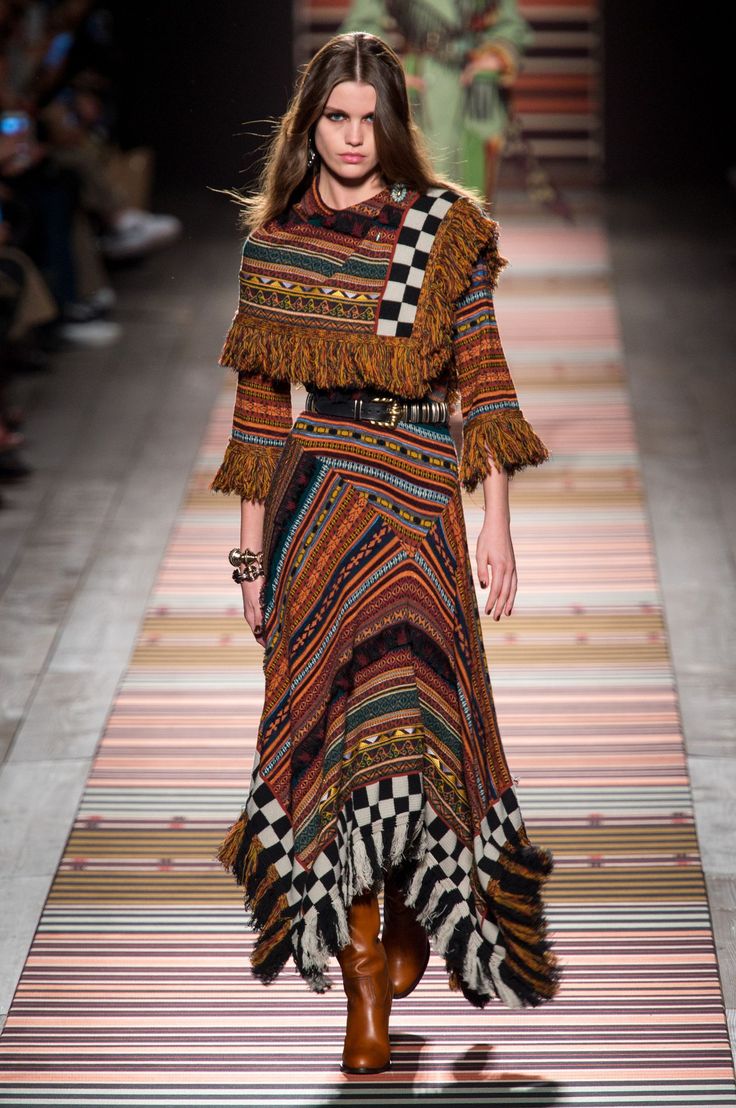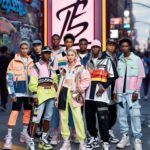Specific Fashion Styles: A Deep Dive into Fashion’s Ever-Evolving Trends
Fashion Styles: Fashion is much more than just clothing—it’s an expression of identity, personality, and cultural influence. As the world of fashion continues to evolve, specific fashion styles have emerged, each with a unique flair and history, offering something for every individual. Whether you’re someone who loves bold, loud looks or you prefer quiet, understated elegance, there’s a specific fashion style for you.
In this guide, we’ll explore some of the most popular and powerful fashion styles that have influenced the world and reshaped the way we dress today. These styles have their own histories, impacts, and significance, allowing them to thrive across generations. Here’s everything you need to know about specific fashion styles—from their origins to their place in society today.
1. Classic Chic; Fashion Styles
Classic chic is all about timeless fashion—pieces that never go out of style. This style is characterized by clean lines, neutral colors, and minimalist elegance. Think tailored blazers, white button-down shirts, pencil skirts, and leather handbags. The beauty of classic chic lies in its simplicity and versatility, which allows it to transcend trends and remain stylish year after year.
Impact on daily life: Classic chic fashion provides a polished, sophisticated look that works well in professional environments, making it ideal for office wear, formal events, or evening gatherings. It’s the foundation of many professional wardrobes and offers easy-to-style, low-maintenance pieces that are adaptable to various settings.
Historical Significance: This style gained popularity through icons like Audrey Hepburn and Grace Kelly, whose effortless elegance shaped the world of fashion. Its enduring appeal lies in its simplicity and understated beauty.
2. Bohemian (Boho); Fashion Styles
The bohemian style is synonymous with free-spiritedness, creativity, and individuality. It’s a style that draws inspiration from hippie culture, ethnic prints, and artistic expression. Flowing maxi skirts, floral patterns, fringed jackets, and layered accessories define this relaxed, laid-back fashion. Earth tones, vintage pieces, and ethnic prints make up the staple elements of boho fashion.
Impact on daily life: Bohemian fashion promotes a carefree lifestyle, encouraging wearers to mix and match various textures and prints to create a unique, personal look. It’s a style that celebrates freedom and individuality, making it perfect for casual days, festivals, or any occasion where creativity can be expressed.
Historical Significance: The boho trend traces back to the 1960s and 1970s, when hippies adopted colorful, eclectic looks as a form of rebellion. Over the years, bohemian fashion has become a symbol of artistic expression and rebellion against mainstream trends.
3. Streetwear; Fashion Styles
Streetwear is a fashion style rooted in urban culture, combining comfort with edgy, rebellious elements. It’s characterized by oversized hoodies, graphic t-shirts, sneakers, and baseball caps. This style blends fashion with music, skateboarding, and hip-hop culture, and its look often revolves around bold logos and statement pieces.
Impact on daily life: Streetwear has become synonymous with youth culture and is particularly influential in street fashion. It’s embraced for its practicality, comfort, and the self-expression it allows through graphic tees and custom sneakers.
Historical Significance: Born out of skateboarding and hip-hop in the late 20th century, streetwear quickly evolved into a mainstream fashion trend with major designers like Supreme, Off-White, and Nike leading the way.
4. Minimalism; Fashion Styles
Minimalism is a style that embraces simplicity in every sense. The goal is to have fewer pieces but higher quality—each item carefully selected to achieve a clean and sophisticated look. With neutral tones, sharp lines, and lack of embellishments, minimalist fashion is designed to look polished but understated. Think structured coats, simple sweaters, and tailored pants.
Impact on daily life: Minimalist fashion promotes the idea of less is more—prioritizing quality over quantity. It’s easy to wear, style, and mix-and-match, making it a great go-to for daily life, especially for those looking for a no-fuss wardrobe.
Historical Significance: Minimalism emerged as a counter to the excesses of previous fashion movements, becoming popular in the 1990s. Designers like Jil Sander and Raf Simons have been pioneers in this style.
5. Punk Fashion; Fashion Styles
Punk fashion is rebellious, raw, and full of attitude. It’s characterized by leather jackets, band t-shirts, ripped jeans, spikes, and platinum-colored hair. It’s a fashion style that emphasizes anti-establishment sentiments, DIY aesthetics, and individual expression.
Impact on daily life: Punk fashion is not for the faint-hearted. It’s bold, often challenging, and can make a powerful statement about personal freedom and rejecting conformity. For the brave, it offers a platform to showcase their personality, defiance, and uniqueness.
Historical Significance: Punk fashion originated in the 1970s as part of the punk rock movement. Icons like Vivienne Westwood and Malcolm McLaren were instrumental in turning this underground style into a global phenomenon.
6. Preppy Style; Fashion Styles
The preppy style is all about clean, polished looks often associated with private school or Ivy League institutions. It includes polo shirts, khaki pants, cardigans, and boat shoes—items typically seen in sophisticated yet casual settings. The preppy look is sophisticated and ideal for those who want to project a youthful, classy aesthetic.
Impact on daily life: Preppy fashion is both versatile and sophisticated. It’s perfect for events like family gatherings, casual office wear, or even a weekend brunch. This style is all about looking neat, sharp, and put-together with minimal effort.
Historical Significance: The preppy style traces back to the 1930s and has been popularized by brands like Ralph Lauren and Tommy Hilfiger, who have kept the style modern while maintaining its traditional roots.
7. Gothic Fashion: Fashion Styles
Gothic fashion is dark, mysterious, and dramatic. It is characterized by black clothing, dark makeup, corsets, and lace details. Often accompanied by silver jewelry, platform boots, and vampy accessories, this style embraces a sense of romanticism and individuality, drawing inspiration from Victorian and punk aesthetics.
Impact on daily life: Gothic fashion is for those who enjoy making a statement and challenging norms. It’s not just a fashion style but a lifestyle that promotes self-expression and a deep connection to personal values and identity.
Historical Significance: Gothic fashion has its roots in the 1980s, emerging from the post-punk music scene. Bands like Bauhaus and Siouxsie and the Banshees heavily influenced this aesthetic.
Conclusion: Fashion Styles Evolving Legacy
Fashion styles like athleisure, streetwear, boho, and punk are much more than just trends—they are reflections of cultural shifts, personal freedom, and social changes. Over the years, these specific fashion styles have become symbols of identity and a way to express individuality. Whether you gravitate toward the timelessness of classic chic or the boldness of punk, each style offers its own significance, observance, and impact on society. Fashion remains a powerful tool for individuals to communicate who they are, making it an important part of modern life.










